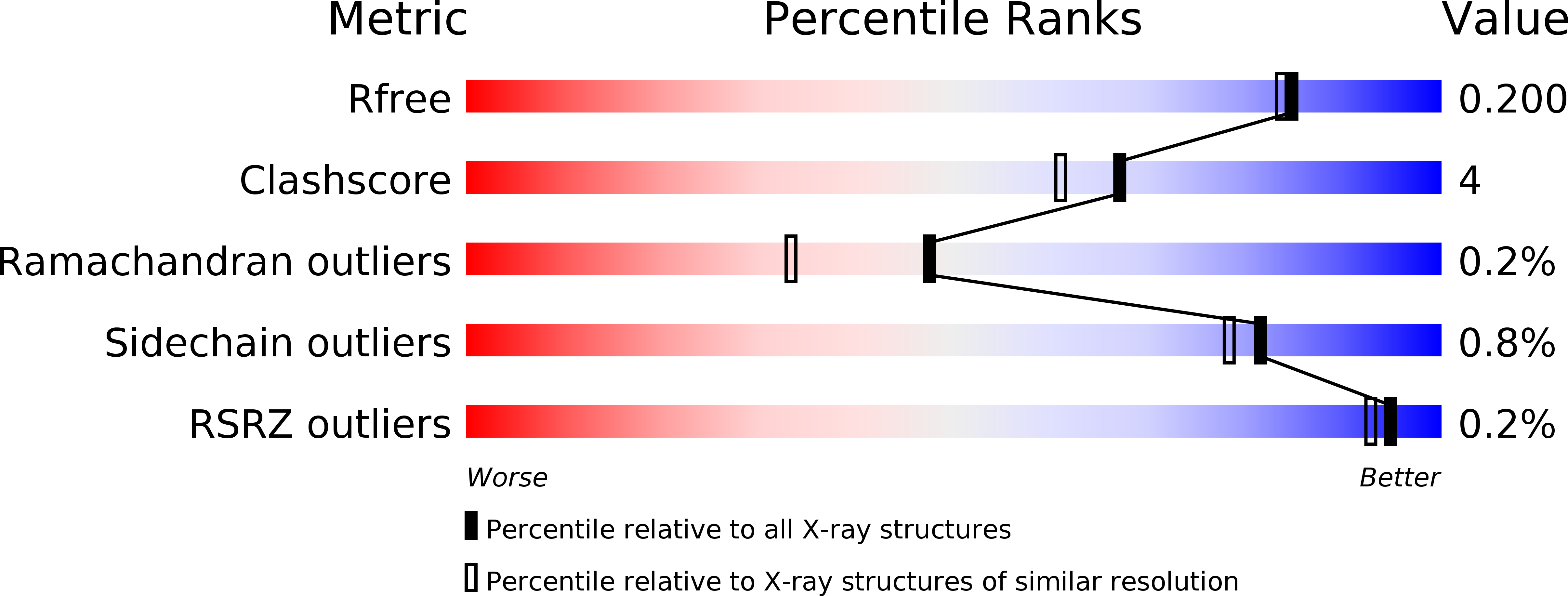
Deposition Date
2008-09-18
Release Date
2008-12-02
Last Version Date
2024-10-30
Entry Detail
PDB ID:
3EJW
Keywords:
Title:
Crystal Structure of the Sinorhizobium meliloti AI-2 receptor, SmLsrB
Biological Source:
Source Organism:
Sinorhizobium meliloti (Taxon ID: 382)
Host Organism:
Method Details:
Experimental Method:
Resolution:
1.80 Å
R-Value Free:
0.21
R-Value Work:
0.16
R-Value Observed:
0.17
Space Group:
P 1 21 1


